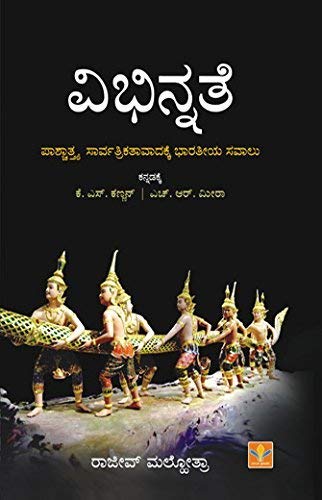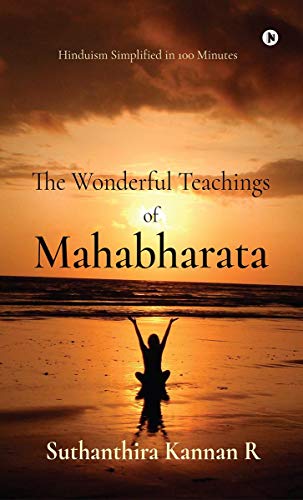Let us start with criticism of adopted definitions. In this section, comparison of adopted definitions and legal loopholes in present definitions are discussed with possible amendments. For your easy reference definitions from 1904 Act are given as and when needed.

3.1.1 Ancient Monuments:
Here is original bare Act definition of “ancient monument” from 1904 Act:
(1) “ancient monument” means any structure, erection or monument or any tumulus or place of interment, or any cave, rock-sculpture, inscription or monolith, which is of historical, archeological or artistic interest, or any remains thereof, and includes—
(a) the site of an ancient monument;
(b) such portion of land adjoining the site of an ancient monument as may be required for fencing or covering in or otherwise preserving such monument; and
(c) the means of access to and convenient inspection of an ancient monument:
The definition under Section 2(a) of the AMASR Act includes the remains of the ancient monuments. Present definition based on 1904 Act definition also included the age of the monument or site of minimum 100 years. This definition does not include historical or religious significance. Hence it can be applicable to the private properties also which are of more than 100 years of age. This could violate right to property of private persons owning any old building. Even 1904 Act definitions did not mentioned any historical or religious significance of the sites, hence it was used as a tool to acquired age old structures of native people.
The definition of “ancient monument” in the AMASR Act of 1958 is outdated and incompatible with modern heritage preservation needs, primarily due to its rigid 100-year age threshold, which excludes significant 20th and 21st century sites like modernist architecture, industrial relics, or conflict memorials that hold contemporary cultural, scientific, or social value. Its narrow focus on tangible structures, remains, sites, and access routes overlooks intangible heritage, cultural landscapes, underwater archaeology, or digital artifacts increasingly recognized under frameworks like UNESCO’s conventions. Furthermore, the criteria of “historical, archaeological, or artistic interest” ignore broader modern imperatives such as environmental sustainability, community-led stewardship, or adaptive reuse amid urbanization and climate threats, perpetuating a colonial-era static view that prioritizes elite antiquarianism over inclusive, dynamic protection strategies.[1]
3.1.2 Maintain:
Here is the original bare act definition of “maintain” from 1904 Act:
(4) “maintain” and “maintenance” include the fencing, covering in, repairing, restoring and cleansing of a protected monument, and the (doing of any act which may be necessary for the purpose of maintaining a protected monument or of securing convenient access thereto:
This definition had been adopted as it is in AMASR Act as mentioned in Section 2(f), only deference is that the 1904 Act definition mentions word “maintaining” of a site and AMASR Act definition mentions word “preserving”. The difference of meaning of the two words makes a huge difference while executing the statute.
Maintaining is about keeping something in a desired state of function or repair through ongoing effort, while preserving is about protecting something from decay or harm to keep it in its original state for the long term. Maintenance involves upkeep and regular actions like servicing or cleaning, whereas preservation emphasizes preventing deterioration through deliberate protective measures.[2] Wordings of the definitions matters while interpreting a statute. Although both the definitions resemble same, but one word had changed its application. New definition provides for preservation i.e. protecting it from decay and damage. But it does not specifically states about functional state.
The definition of “maintain” in the AMASR Act remains anchored in a colonial-era, physicalist approach which is limited to fencing, covering, repairing, restoring, cleansing, and access facilitation. This also falls short of modern heritage requirements by neglecting scientific conservation techniques like non-invasive diagnostics, climate-adaptive materials, or disaster-resilient retrofitting amid escalating environmental threats. It overlooks community involvement, sustainable tourism management, digital documentation, and adaptive reuse for living heritage, failing to integrate interdisciplinary methods such as biodiversity integration or participatory governance emphasized in UNESCO standards.[3] This static, state-centric framework perpetuates exclusionary practices, ignoring the dynamic needs of inclusive preservation in an era of urbanization, technological innovation, and cultural democratization.
3.1.3 Owner:
The bare Act definition of owner from 1904 Act is as follows:
(6) “owner” includes a joint owner invested with powers of management on behalf of himself and other joint owners, and any manager or trustee exercising powers of management over an ancient monument, and the successor in title of any such owner and the successor in office of any such manager or trustee:
Provided that nothing in this Act shall be deemed to extend the powers which may lawfully be exercised by such manager or trustee.
This is definition is modified to make two categories of owners i.e. joint owners and manager or trustee. Proviso of the definition is not adopted in Section 2(g) of the AMASR Act providing for definition of “owner”.
The definition of “owner” in the AMASR Act under Section 2(g), confined to joint owners, managers, trustees, and their successors, is woefully incompatible with modern heritage requirements by excluding indigenous communities, local stakeholders, and collective rights holders e.g. tribal groups, who possess customary custodianship over sites under frameworks like the UN Declaration on the Rights of Indigenous Peoples. It ignores contemporary paradigms of shared governance, public-private partnerships, and community-led conservation emphasized in UNESCO guidelines, perpetuating a colonial-era, elite-centric model that marginalizes democratic participation and fails to address complex modern tenures like co-ownership in urbanizing areas or intangible cultural rights, thus hindering inclusive, equitable preservation amid globalization and legal pluralism.
[1] “Adaptive Reuse of Heritage Buildings: Transforming Old Spaces for Modern Use”, Kaarwan, Available at https://www.kaarwan.com/blog/architecture/adaptive-reuse-heritage-buildings-transforming-old-spaces-for-modern-use?id=857, Last visited on Dt. 9.09.2025
[2] “Maintenance Vs. Preserve”, LanGeek, available at https://langeek.co/en/grammar/course/1828/maintain-vs-preserve, Last visited on 21.07.2025
[3] “World Heritage” UNESCO, available at https://www.unesco.org/en/world-heritage#:~:text=The%20%E2%80%9CWarsaw%20Recommendation%20on%20Recovery,Communication, last visited 21.07.2025



